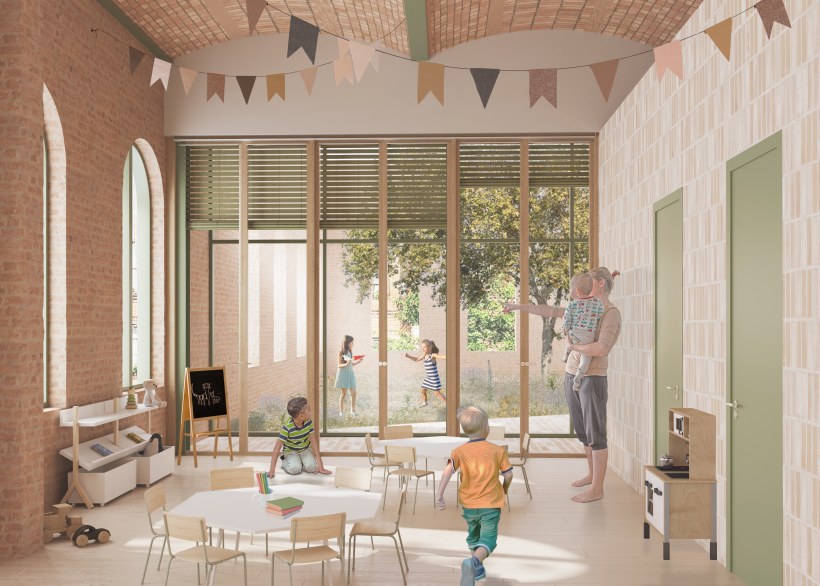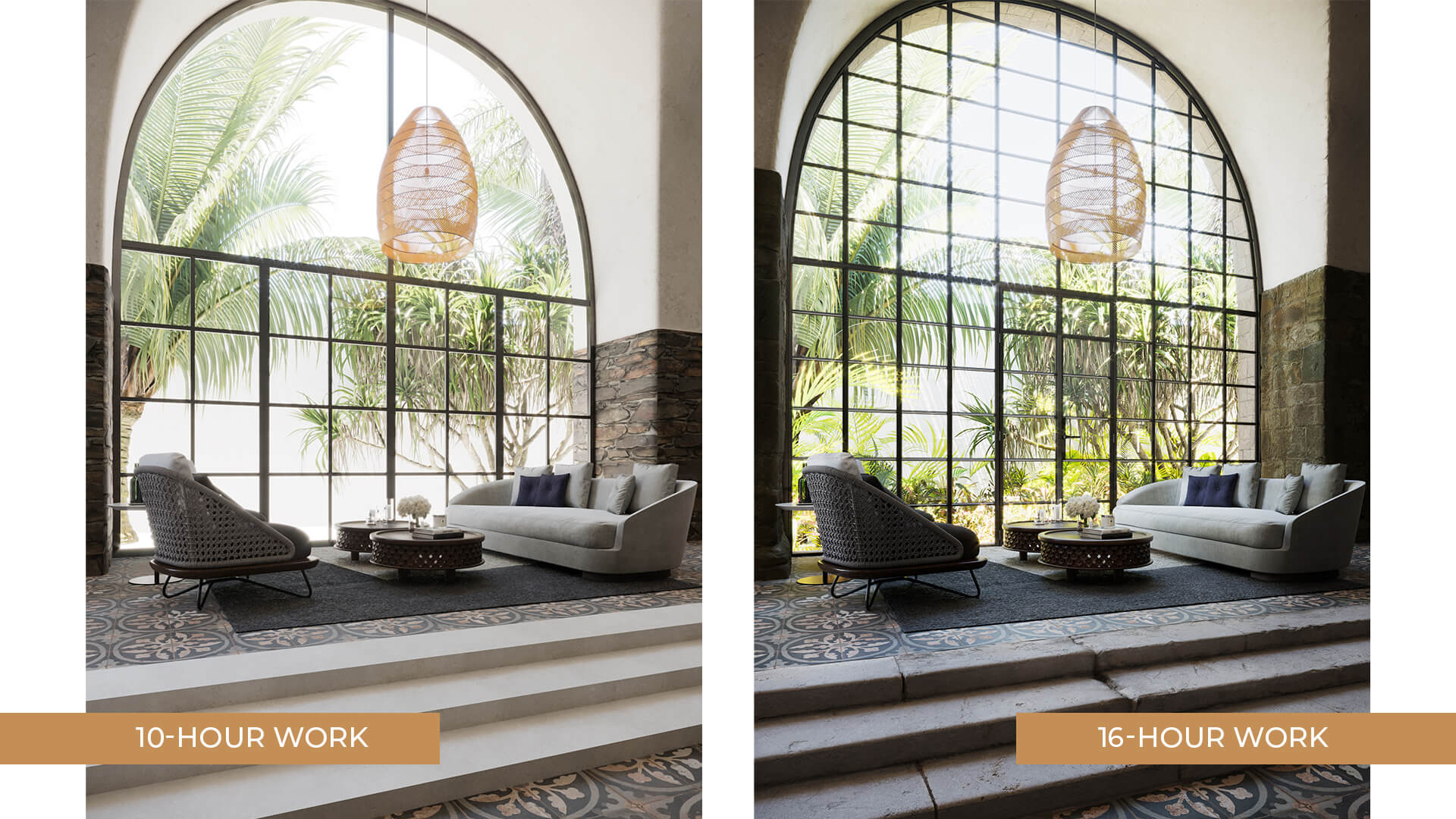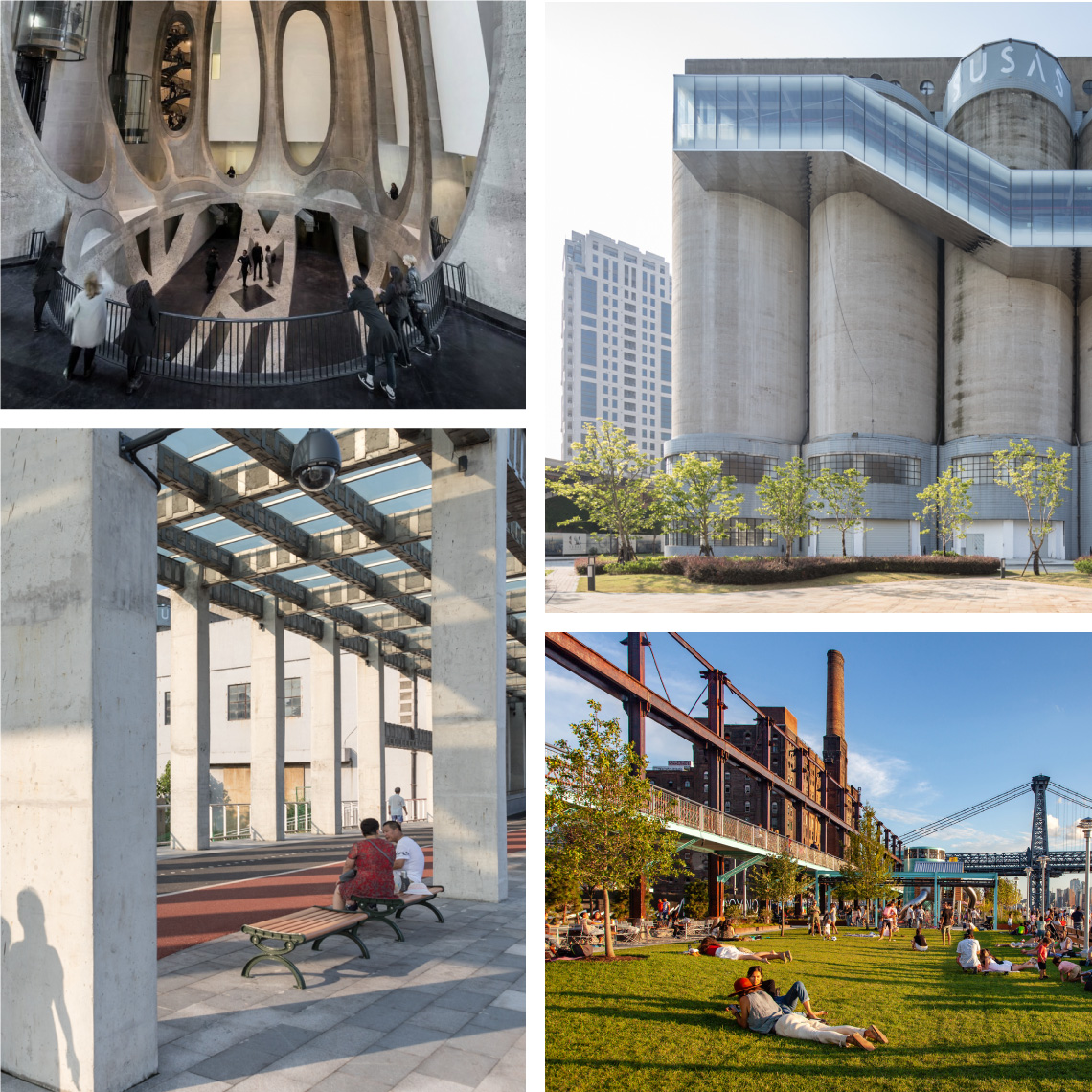Collage rendering is a process by which 3D data is combined with 2D images or designs to create a composite image. It’s often used for creating renders of products, architectural designs, and more. And because it’s such a versatile tool, it’s also used for marketing and advertising. In this article, we will introduce you to collage rendering and review some of the most popular tools available on the market. We’ll also discuss some of the benefits and drawbacks of using collage rendering in your marketing efforts. So whether you’re just starting out or looking to improve your existing marketing strategy, read on for insights that will help you get started.
What is College Rendering?
Collage rendering is a new 3D rendering technique that is quickly becoming the go-to choice for high-quality realistic images. In this article, we will explore what collage rendering is and how it works. We will also provide a review of some of the best collage rendering software on the market today.

How to Use Collage Rendering in Your Work?
College rendering is a popular technique for creating realistic 3D images from 2D photos or art. It uses a collection of images to create a scene, and then uses computer graphic techniques to merge the images into a final image.
To use collage rendering in your work, you’ll need some photos or artwork to start with. You can use any photos you like, as long as they’re in grayscale and are high resolution enough to be used as textures. Next, you’ll need to create a project file using GIMP or another photo editing program. This file will contain all of the images that will be used in the final collage rendering scene.
Once your project file is ready, you can start adding the images into it. To add an image, click on the Open button and locate your photo or artwork file inside of GIMP or another photo editing program. Once you’ve located your image, click on it to open it in GIMP or another photo editing program. Then, use the Selection tool (CMD+A) to select all of the pixels in the image area, and press the Edit button (CMD+E) to open the Edit Image window. In this window, change the Mode setting to RGB Channel and then click on OK to save your changes.

What are the Benefits of Using College Rendering?
Collage rendering is a powerful rendering technique that can be used to create high-quality renderings of complex scenes. It is a type of ray tracing that uses a combination of frame buffers and compositing to create a final image.
Some of the benefits of using collage rendering include the ability to create realistic images with intricate details, the ability to produce high-quality renders quickly, and the potential to save time and money on graphics projects.
One of the main advantages of using collage rendering is its ability to produce realistic images with intricate details. Because collage rendering doesn’t rely on pre-rendered frames, it can accurately capture the movement and behavior of objects in a scene. This allows for greater realism and accuracy in your renderings, which can be invaluable when creating images for applications such as gaming or VR.
Another advantage of using collage rendering is its speed. Because it doesn’t rely on pre-rendered frames, collage rendering can quickly generate renderings that are comparable in quality to those produced by more traditional methods. This means you can save time and money on graphics projects by avoiding unnecessary pre-rendering steps.
Finally, one of the key benefits of using collage rendering is its potential to save time and money on graphics projects. By avoiding unnecessary pre-rendering steps, you can significantly reduce the overall amount of time needed to produce high-quality renderings.

How to Create a Beautiful Collage Using Rendering software?
College rendering software allows users to compose beautiful images by blending multiple pictures together. While there are many different software options available, we will review four of the most popular ones: GIMP, Photoshop, Aperture and Pixelmator.
GIMP is a cross-platform image editor with a wide range of features. It is free and open source software released under the GNU General Public License. Some of its features include ability to crop and resize images, apply effects such as shadows and blurs, layer support, and export to various file formats including JPEG, PNG, GIF and BMP.
Photoshop is one of the most used professional graphics editing software in the world. It supports layers which allow for complex compositing operations. Photoshop also has powerful tools for color correction and conversion between various color spaces. Additionally, it supports exporting to a wide range of file formats including PDF, PSD and TIFF.
Aperture is used by photographers for RAW image capture and digital editing. Its features include tools for cropping, resizing and rotating images; exposure correction; white balance adjustment; metering modes; RAW image encoding/decoding; lens corrections; selective sharpening; noise reduction; gradients editor; Warp tool for distortion correction etc…

Conclusion
Collage rendering is a powerful and versatile tool that can be used by graphic designers, photographers, and other creative professionals to create stunning visuals. In this article, we will introduce you to collage rendering and review some of the best free software available on the market today. I hope that this introduction has given you enough information to start using collage rendering in your own work. If not, be sure to check out the resources listed at the end of the article for more helpful tips.





